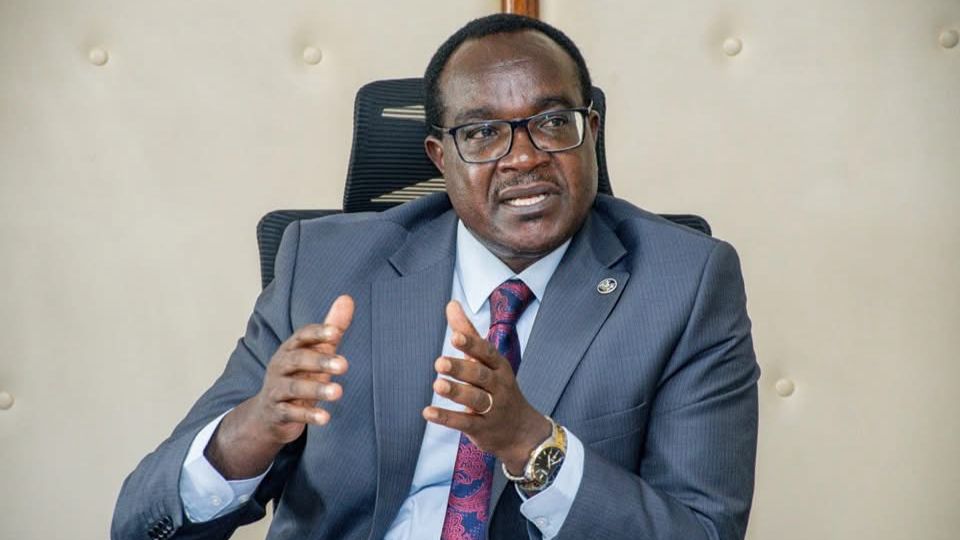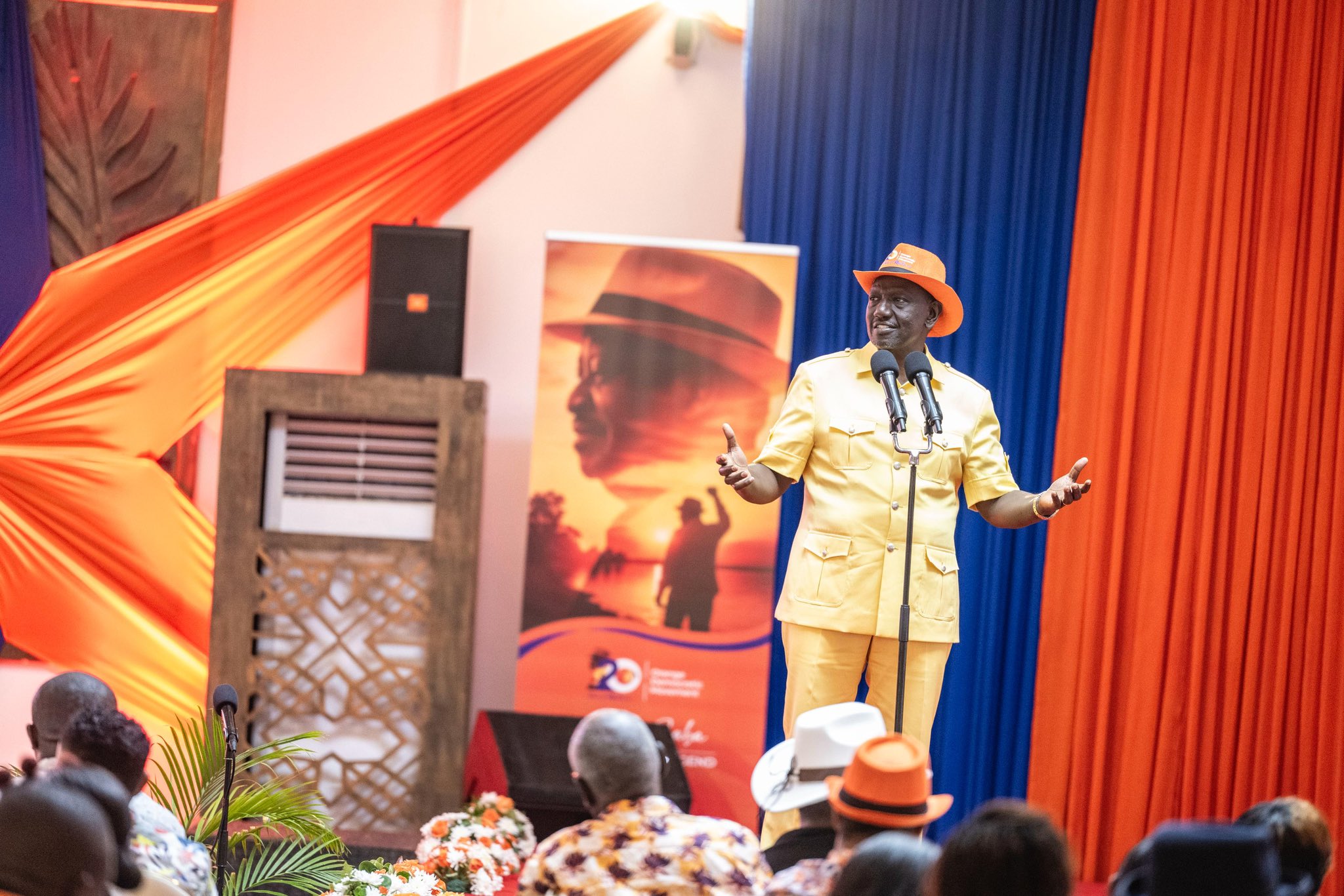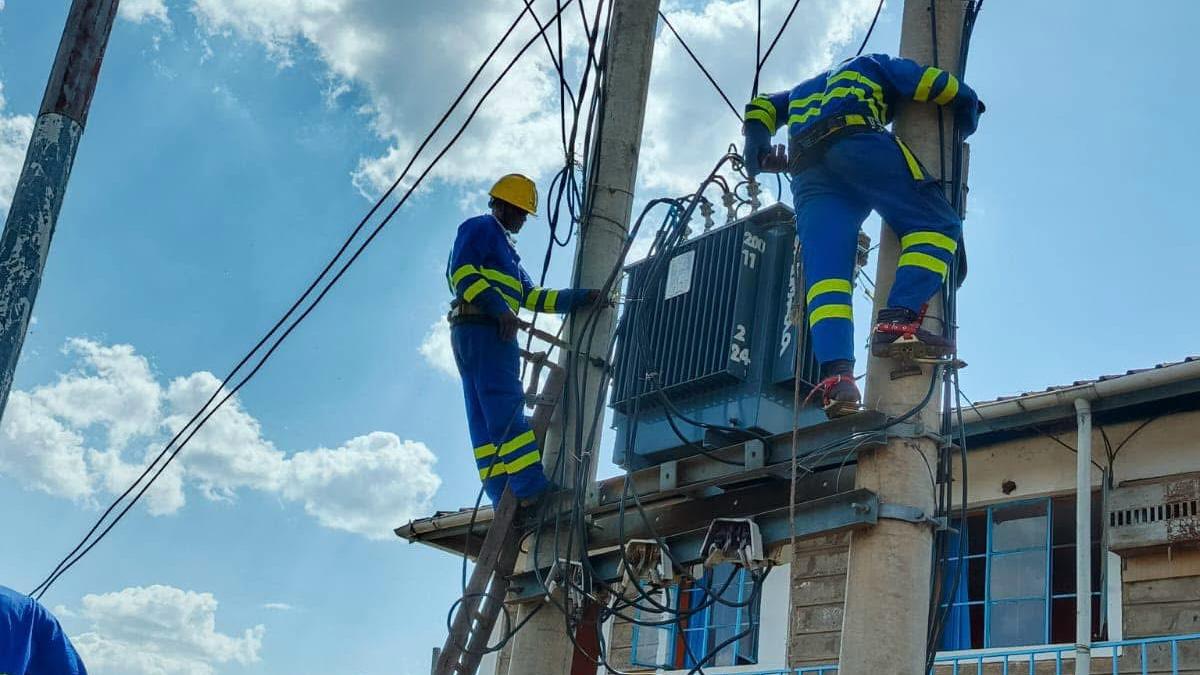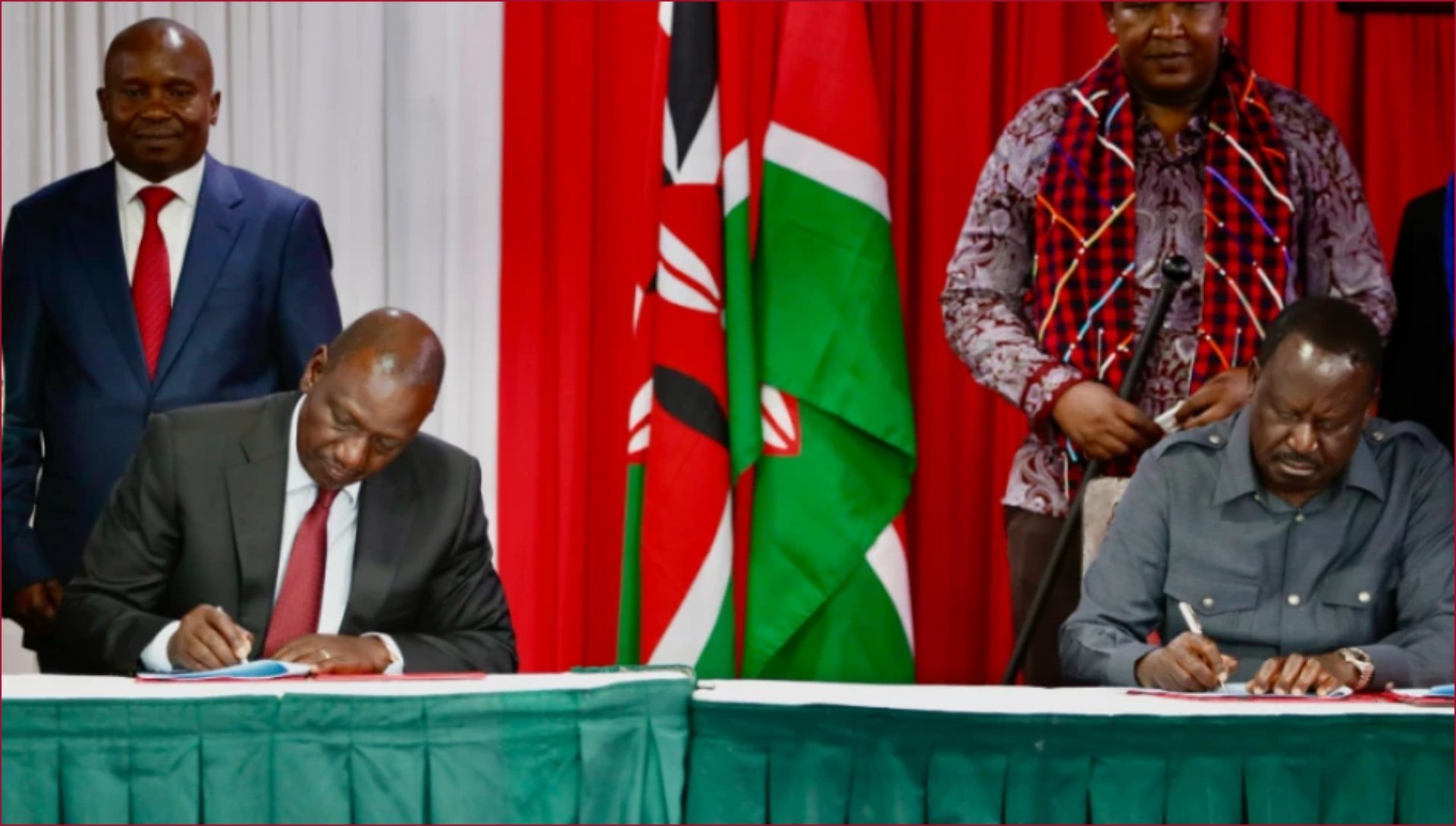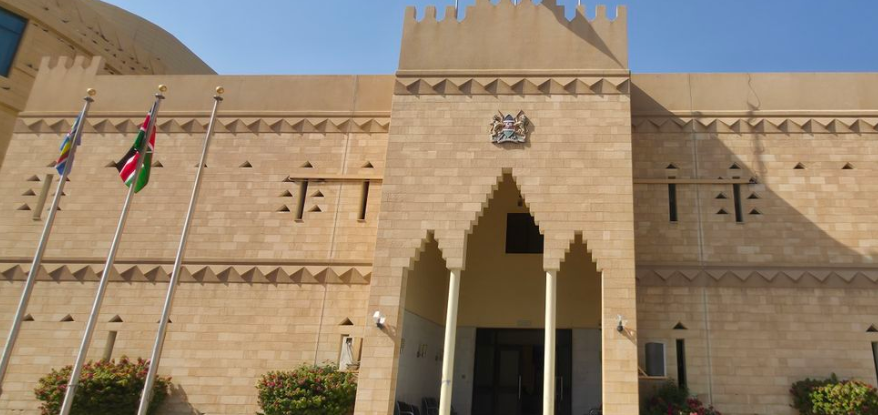Ministry of Education Cabinet Secretary Julius Ogamba is under fire for failing to publicly identify schools and individuals involved in a massive ghost student scandal that has cost taxpayers nearly one billion shillings.
Speaking on Wednesday, October 1, Nairobi Senator Edwin Sifuna demanded that the ministry immediately release the names of schools harboring ghost students and the identities of those who fraudulently withdrew government capitation funds meant for non-existent learners.
"The ministry sent money to these schools. They know the schools. They know the ghost students. Can the minister tell us today the names of those schools and the names of the persons who withdrew that money?" Senator Sifuna posed during a Senate session.
The Senator's remarks come barely two weeks after the Ministry of Education acknowledged discovering over 50,000 ghost students during an ongoing verification exercise covering only half of the country's secondary schools.
According to Sifuna, the ministry has audited 12,000 schools out of 17,500 institutions so far, with the anomaly most prevalent in secondary schools.
Read More
With the government sending Ksh16,000 per student as capitation, the lawmaker calculated that the country has lost close to a billion shillings in a single financial year to the fraudulent scheme.
"By my math, if you send 16,000 shillings as capitation, then the country has lost almost a billion shillings in that financial year alone from these ghost students. So who are these people who are withdrawing this money?" the Senator questioned.
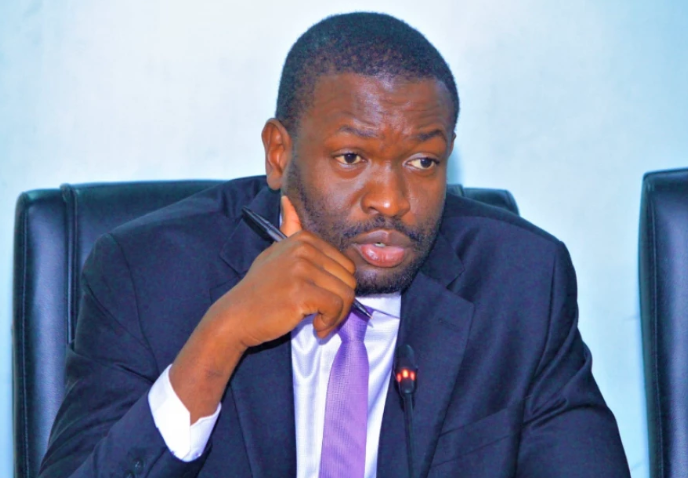
The scandal first emerged when Basic Education Principal Secretary Julius Bitok appeared before the National Assembly Education Committee and confirmed the disturbing findings.
"In secondary schools, we have found that more than 50,000 students were ghost students, and we are only at 50% of verification," Bitok stated.
The PS explained that the ministry relies on enrollment figures from the National Education Management Information System (NEMIS), school heads, and sub-county directors, but significant discrepancies emerged during cross-checks.
"For secondary schools, it's obvious that numbers are higher than what was expected," Bitok stated.
While the situation in primary and junior secondary schools remains unclear, preliminary findings indicate that secondary schools bear the brunt of the fraudulent enrollment inflation.
"I cannot confirm or deny that there could be ghost schools, but the numbers have gone down," he said.
